The 2nd Gen IS350 redefined what a compact luxury sports sedan could be. Produced from 2006 to 2013, this generation of the Lexus IS series combined refined craftsmanship with powerful performance and timeless design. Unlike its predecessor, the second-generation model offered a V6 engine option—the IS350—making it more appealing to drivers who wanted both elegance and excitement.
Moreover, the 2nd Gen IS350 stood out in a competitive market dominated by German rivals like the BMW 3 Series and Mercedes-Benz C-Class. It delivered a quieter cabin, higher build quality, and better long-term reliability. These traits made it a favorite among professionals and enthusiasts alike.
In addition, it featured sharp handling and rear-wheel drive as standard. All-wheel drive became available later for improved traction in harsh weather. The suspension balanced comfort and agility. Drivers felt connected to the road without enduring a stiff ride.
Also, technology evolved during its run. Early models included Bluetooth and navigation. Later versions added HD Radio, USB integration, and enhanced audio systems.
Consequently, the 2nd Gen IS350 earned a loyal following. Many owners kept their cars for over a decade.
Today, used examples remain popular due to strong durability and affordable pricing.
Thus, understanding the 2nd Gen IS350 means appreciating its role in shaping modern Lexus identity.
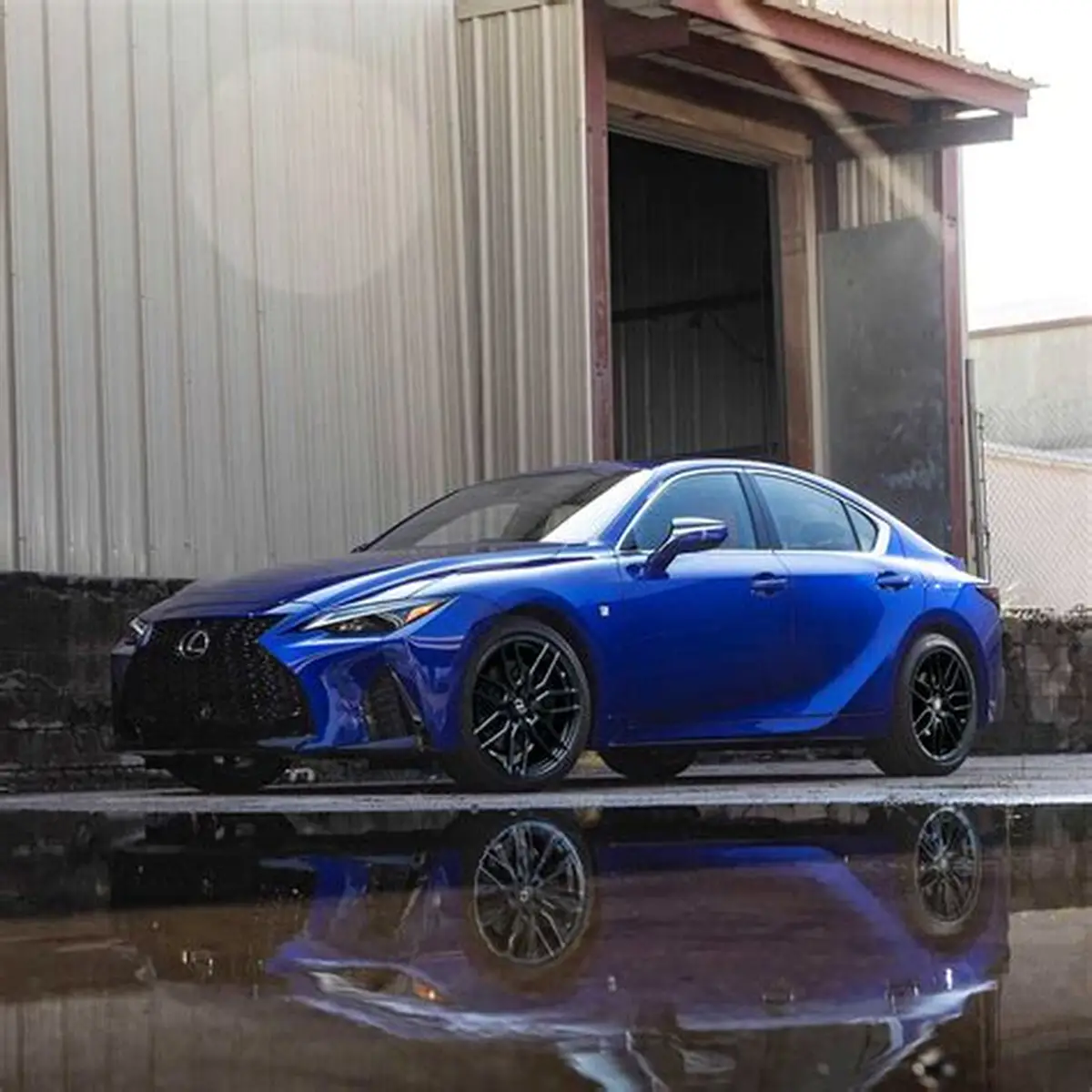 Why the 2nd Gen IS350 Was a Game-Changer in the Luxury Segment
Why the 2nd Gen IS350 Was a Game-Changer in the Luxury Segment
The 2nd Gen IS350 was a game-changer because it challenged European dominance head-on. Before its release, many assumed German brands led in driving dynamics. However, Lexus proved that Japanese precision could match sporty intent.
First, the 3.5L V6 engine produced 306 horsepower. This allowed the IS350 to accelerate from 0 to 60 mph in under six seconds. That performance rivaled contemporary competitors.
Also, the six-speed automatic transmission shifted smoothly. Manual mode gave drivers control via steering wheel paddles. Gear logic adapted to driving style.
Interior refinement set it apart. Soft-touch materials covered dashboards and doors. Noise reduction techniques created one of the quietest cabins in its class.
Build quality remained exceptional. Fit and finish exceeded expectations. Panels aligned perfectly. Paint finishes were deep and consistent.
Reliability was another major advantage. Few mechanical issues emerged over time. Regular maintenance prevented most problems.
Resale value stayed strong. Well-kept models retained worth better than some rivals.
Therefore, the 2nd Gen IS350 offered a compelling alternative.
It combined power, comfort, and dependability in one cohesive package.
Hence, it attracted buyers who valued substance over flash.
Engine and Performance
At the heart of the 2nd Gen IS350 lies the 2GR-FSE 3.5-liter V6 engine. This aluminum-block motor delivers 306 horsepower and 277 lb-ft of torque. Paired with a six-speed automatic transmission, it offers brisk acceleration and seamless shifts.
Throttle response is immediate. The engine revs freely, reaching redline with a smooth, muted growl. Exhaust note remains subdued compared to German counterparts. This suits Lexus’s focus on refinement.
Front-engine, rear-wheel-drive layout enhances balance. Weight distribution favors dynamic handling. The chassis feels neutral during cornering.
An optional all-wheel-drive system arrived in 2008. It improves grip in rain or snow. Power splits between front and rear axles as needed.
Suspension uses double wishbones up front and a multilink setup in the rear. This allows precise tuning. Sport-tuned versions reduce body roll.
Brakes are powerful. Large ventilated discs stop the car confidently. ABS and brake assist come standard.
Steering is electrically assisted. Feedback is light but accurate. Center feel is strong.
Tires vary by trim. Base models use all-season rubber. F-Sport editions include performance tires.
Overall, the 2nd Gen IS350 strikes a balance. It’s spirited enough for backroads yet calm on highways.
Performance never comes at the cost of daily usability.
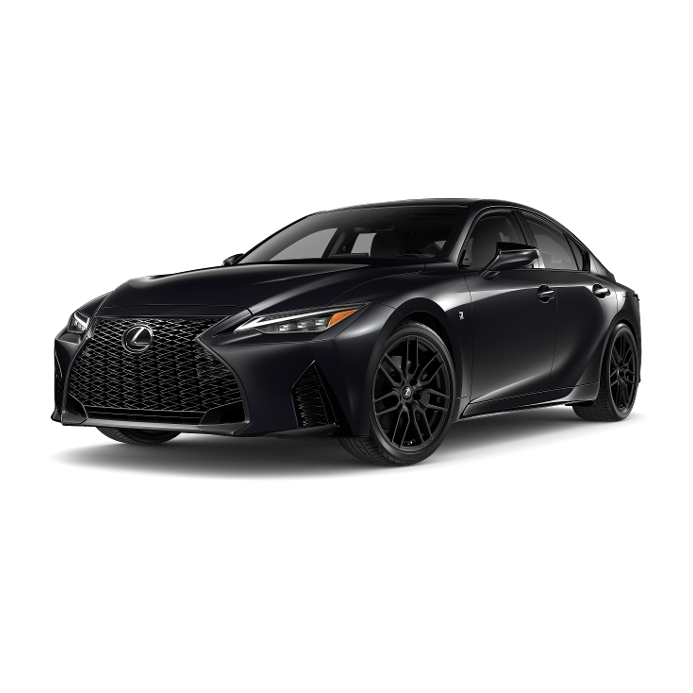 Design and Styling: Sharp Lines and Timeless Elegance
Design and Styling: Sharp Lines and Timeless Elegance
The exterior design of the 2nd Gen IS350 reflects aggressive elegance. Its low stance and wide track suggest stability. Sweeping headlights frame the spindle grille, though not as pronounced as in later Lexus models.
Front fascia features large air intakes. These improve cooling and add visual depth. Fog lights sit in angular housings.
Side profile highlights short overhangs and long hood. Wheel arches bulge subtly. Standard 17-inch wheels fill the fenders well. F-Sport trims upgrade to 18-inch alloys.
Rear styling includes LED taillights and dual exhaust tips. Trunk lid has a slight lip spoiler. Clean lines avoid clutter.
Paint options include classic shades like Obsidian, Silver Mist, and White Pearl. Metallic and tri-coat finishes enhance depth.
Inside, the cockpit wraps around the driver. Gauges are clear and illuminated. Center stack angles slightly for easy reach.
Materials feel rich. Wood trim appears on higher trims. Aluminum accents highlight sportier versions.
Seats offer firm support. Leather upholstery resists wear. Heated front seats add comfort in winter.
Even after years, the design holds up.
Few 2000s-era sedans look this clean today.
Thus, the 2nd Gen IS350 blends sportiness with sophistication.
Interior Comfort and Technology Features
The 2nd Gen IS350 offers a high level of interior comfort and tech integration. Front seats provide excellent lateral support. They adjust eight ways, with lumbar control. Taller drivers find ample legroom.
Rear passengers enjoy decent space. Two adults fit comfortably. Three is possible for short trips. Headroom suits most builds.
Climate control is dual-zone. Automatic settings maintain temperature. Air filtration removes odors and allergens.
Audio systems range from eight to 14 speakers. Mark Levinson premium sound debuted in later models. Crisp highs and deep bass enhance listening.
Navigation was optional. The screen sits atop the dash. It displays maps, vehicle info, and backup camera feed.
Bluetooth connectivity supports hands-free calling. Audio streaming came later in the production run.
USB and auxiliary inputs allow device charging. iPod integration works through the center console.
Safety tech includes stability control, traction control, and multiple airbags. Tire pressure monitoring alerts drivers to low inflation.
Later models added rain-sensing wipers. Keyless entry and push-button start improve convenience.
Despite age, the cabin feels modern.
Controls are intuitive. There’s no learning curve.
Hence, the 2nd Gen IS350 remains practical for everyday use.
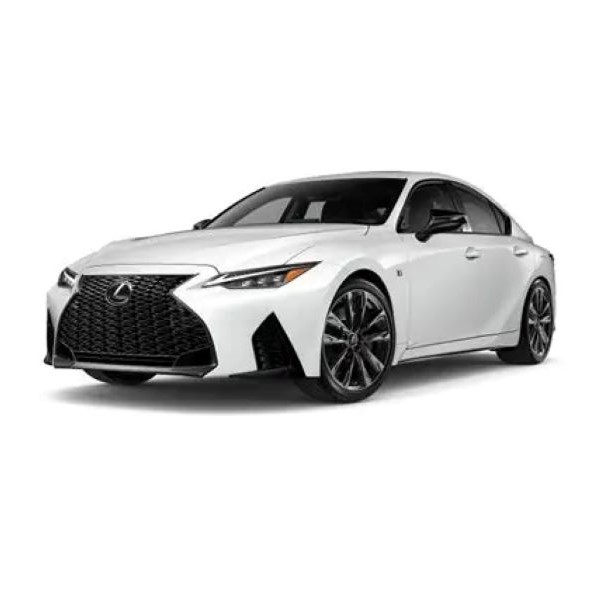 Trim Levels and Special Editions
Trim Levels and Special Editions
The 2nd Gen IS350 came in several trim levels and special editions. The base model included essential luxury features. Upgraded trims added performance and tech.
The standard IS350 had rear-wheel drive. It featured leather seats, wood trim, and a power sunroof. Dual-zone climate control and an eight-speaker stereo completed the package.
All-wheel drive (AWD) became available in 2008. This version improved traction. It appealed to drivers in snowy regions.
The F-Sport package launched in 2010. It brought aggressive styling and tuned suspension. Unique bumpers, mesh grille, and dark trim distinguished it visually.
Inside, F-Sport added bolstered seats, aluminum pedals, and unique gauges. Steering wheel and shift knob wrapped in suede.
Performance enhancements included stiffer springs and shocks. Variable gear-ratio steering improved responsiveness.
A limited-edition Launch Edition appeared in 2006. It included special badging and upgraded audio. Collectors seek these today.
Some markets received the IS350 C convertible. Hardtop retractable roof added open-air driving.
Each trim catered to different tastes.
Whether you wanted luxury or sport, the 2nd Gen IS350 had a version for you.
Common Issues and Maintenance Tips
While the 2nd Gen IS350 is reliable, some issues appear over time. Knowing them helps buyers make informed decisions.
One known problem involves the intake manifold runner control. It may stick or fail. Symptoms include rough idle or check engine light. Replacement fixes the issue.
Oil consumption affects some early engines. High-mileage units may burn oil between changes. Using 0W-20 synthetic reduces risk.
Coolant hoses degrade. Inspect them regularly. Leaks can lead to overheating. Replace if swollen or cracked.
Transmission fluid should be changed every 60,000 miles. This extends life. Use only approved Type T-IV fluid.
Brake wear sensors alert when pads need replacement. Front brakes typically last 50,000 miles.
Battery life averages five years. Test voltage annually. Weak batteries cause starting delays.
Check suspension bushings. Worn components create clunks over bumps. Control arms and sway bar links wear gradually.
Headlight bulbs dim over time. HID units may flicker. Replace in pairs for even brightness.
Regular maintenance prevents most issues. Follow the factory schedule. Keep records for resale.
With care, the 2nd Gen IS350 runs beyond 150,000 miles.
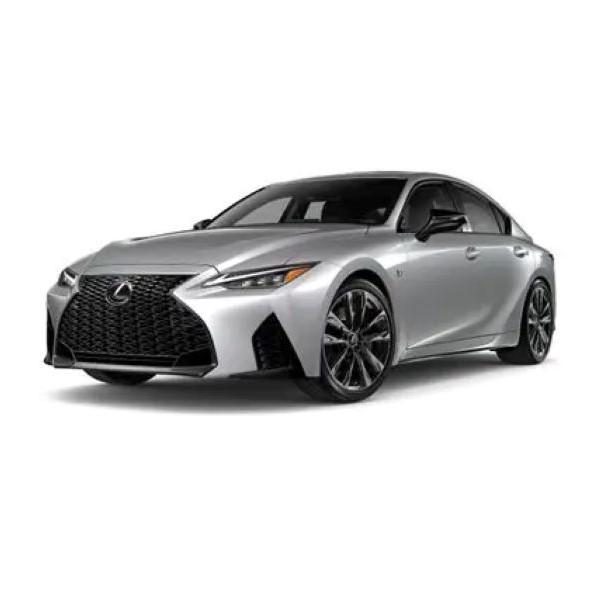 Ownership Experience: What Real Owners Say About the 2nd Gen IS350
Ownership Experience: What Real Owners Say About the 2nd Gen IS350
Owners of the 2nd Gen IS350 consistently praise its driving experience and durability. Many report trouble-free ownership for over ten years.
One owner noted, “I bought my 2008 IS350 with 90,000 miles. Now it has 180,000. Still runs like new.”
Another said, “The cabin is so quiet. Long drives feel effortless.”
F-Sport owners appreciate the sharper handling. “The steering is direct. Corners feel flat,” shared a 2011 model driver.
Reliability stands out. “No major repairs. Just oil changes and tires,” said a user in Minnesota.
Some mention minor annoyances. “The navigation screen is small by today’s standards.” Others miss smartphone integration.
Fuel economy draws mixed feedback. Most achieve 18–20 MPG city and 26–28 highway. Aggressive driving lowers efficiency.
Resale value remains solid. Private-party prices stay steady for clean examples.
Owners love the emotional appeal too. “People still compliment mine at gas stations,” said one enthusiast.
Overall, satisfaction rates are high.
The 2nd Gen IS350 delivers on Lexus’s promise of quiet confidence.
Frequently Asked Questions
Is the 2nd Gen IS350 reliable?
Yes. With regular maintenance, it often exceeds 150,000 miles. Build quality and engineering ensure longevity.
What is the fuel economy of the IS350?
It averages 18–20 MPG in the city and 26–28 MPG on the highway. Driving style affects results.
Does the IS350 have a manual transmission?
No. All models use a six-speed automatic with paddle shifters.
Can I tow with the 2nd Gen IS350?
Not recommended. It lacks a factory tow rating. The drivetrain isn’t designed for trailers.
Which year is the best to buy used?
2010–2013 models include F-Sport and updated tech. Earlier ones are simpler but solid.
Are parts expensive?
OEM parts cost more than generic. However, availability is good. Aftermarket options exist.
How does it compare to the BMW 335i?
The BMW is louder and firmer. The IS350 is quieter and smoother. Both handle well.
Does it support Apple CarPlay?
No. The 2nd Gen predates CarPlay. Use Bluetooth or auxiliary input instead.
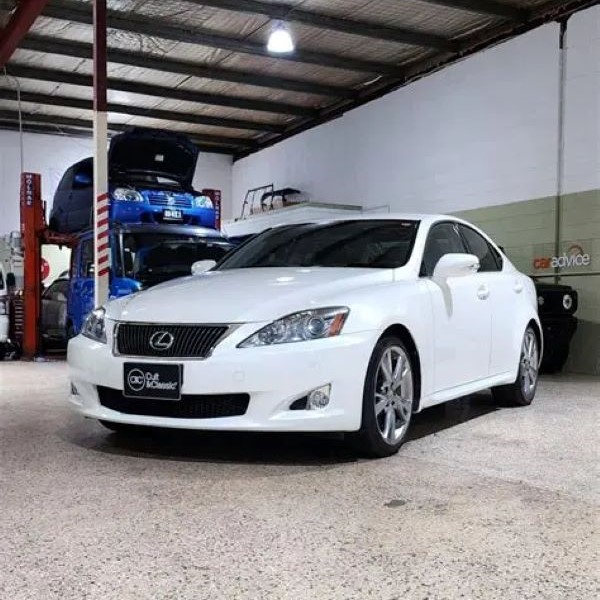 Summary
Summary
The 2nd Gen IS350 continues to earn respect for its blend of performance, comfort, and reliability. It marked a bold step forward for Lexus in the sports sedan arena.
From 2006 to 2013, it offered a compelling alternative to German rivals. Strong V6 power, refined interiors, and excellent build quality defined its appeal.
Even today, the 2nd Gen IS350 remains a smart choice for used luxury car buyers. Its durability and low running costs make ownership enjoyable.
Whether you want a daily driver or a weekend cruiser, the 2nd Gen IS350 delivers.
It proves that thoughtful engineering lasts beyond trends.
For anyone seeking a capable, elegant, and dependable sedan, the 2nd Gen IS350 stands as a top pick.
